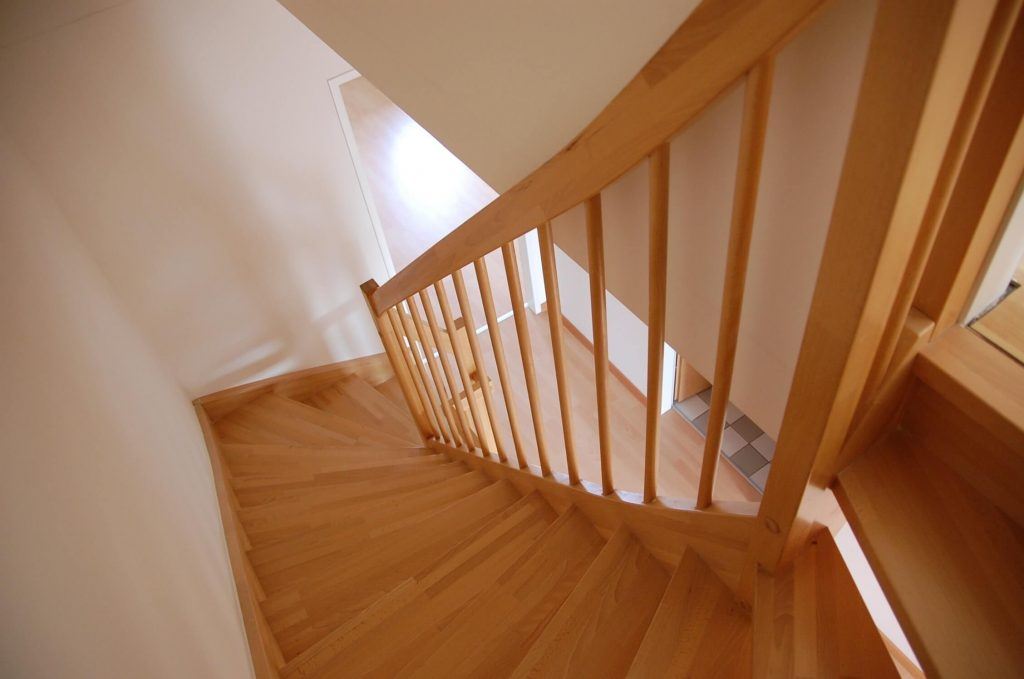Rather than incur the expense of moving to an assisted living facility or downsizing to a condo, many people are choosing to stay in their homes as they age. This is an excellent way to keep your independence and save some money in your golden years, but there are some safety concerns that should be addressed to ensure you eliminate as many risks as possible.
Your staircase is one of the biggest dangers in your home, but thanks to the experts at Royal Oak Railing & Stair, here are some tips for reducing stair hazards at home.
Depth and Height Consistency
Steps that vary in depth and height on the same staircase are just asking for trouble. The human brain seeks patterns and expects stairs to have depth and height consistency and if they don’t, your brain won’t adjust quickly enough to prevent a misstep and, most likely, a fall.
In older homes, it is common that the top step is wider than the rest, which is the result of not putting a nosing on the top stair.
When you’re climbing the stairs, this extra width can lead to tripping over the top step. When you’re descending the stairs, the extra width can cause you to place your foot too far forward on the next step, causing you to lose your balance. An easy fix for this is to have a professional place nosing on the top step, but if your other steps are not consistent in depth and height, a full stair replacement might be best.
Eliminate Bottom-Step Illusion
While home decorators might recommend blending the bottom step into the landing rather than the rest of the steps, this is extremely hazardous. In fact, it has its own term: bottom-of-flight-illusion. What this means is that you don’t see the bottom step because it looks like the landing floor. You mistakenly believe you are landing on flat ground, when there is actually one more step to go.
There are some easy fixes for this phenomenon as well, but if you want to make sure all your steps are visible, consider replacing your steps with a gorgeous custom-built staircase that will not only become the focal point of your home, but will also be safer because you can specify that you want all the steps to be visually differentiated from the landings.
Upgrade your Handrail
As you age, the handrail on your staircase becomes more about function than decorative. Unfortunately, in most older homes, handrails weren’t originally designed for safety. They are often too bulky or oddly shaped, making them hard to grip. The safest railing is one that is round and can be completely encircled by your hand. If your railing is loose, make sure it’s secured before climbing and descending steps becomes difficult.
You might also consider installing a railing on both sides of your staircase, particularly if you have balance problems. Moreover, if you have to have surgery on one side of your body at any point in the future (i.e. knee surgery), having a rail on both sides of your steps will make your recovery easier.
Conclusion
Safety should be your top consideration as you begin thinking about aging in your home. Start with your staircase to address one of the biggest hazards in your house.

